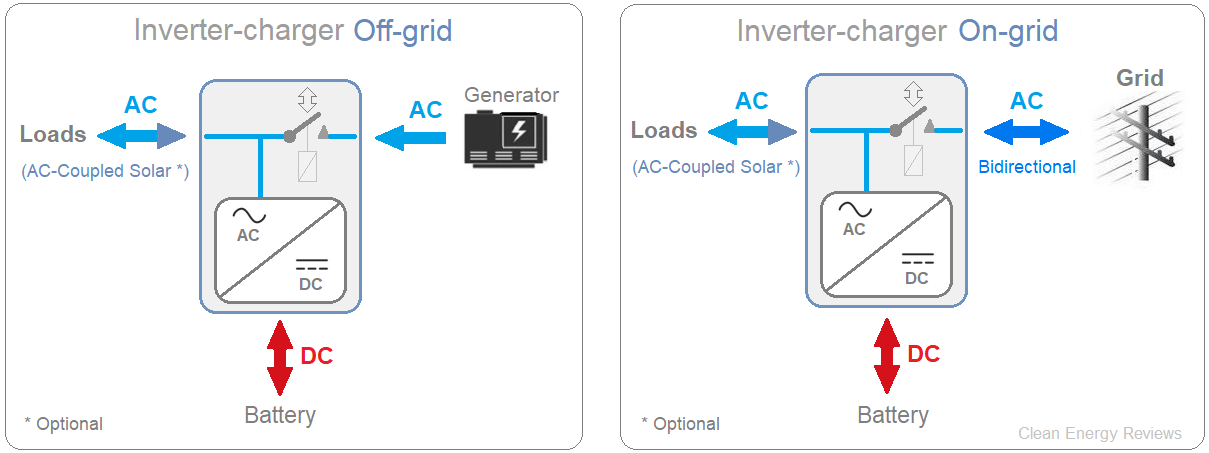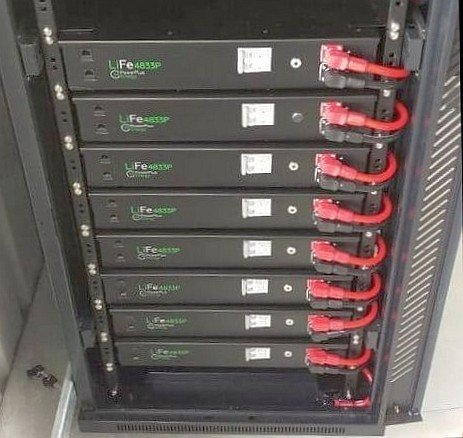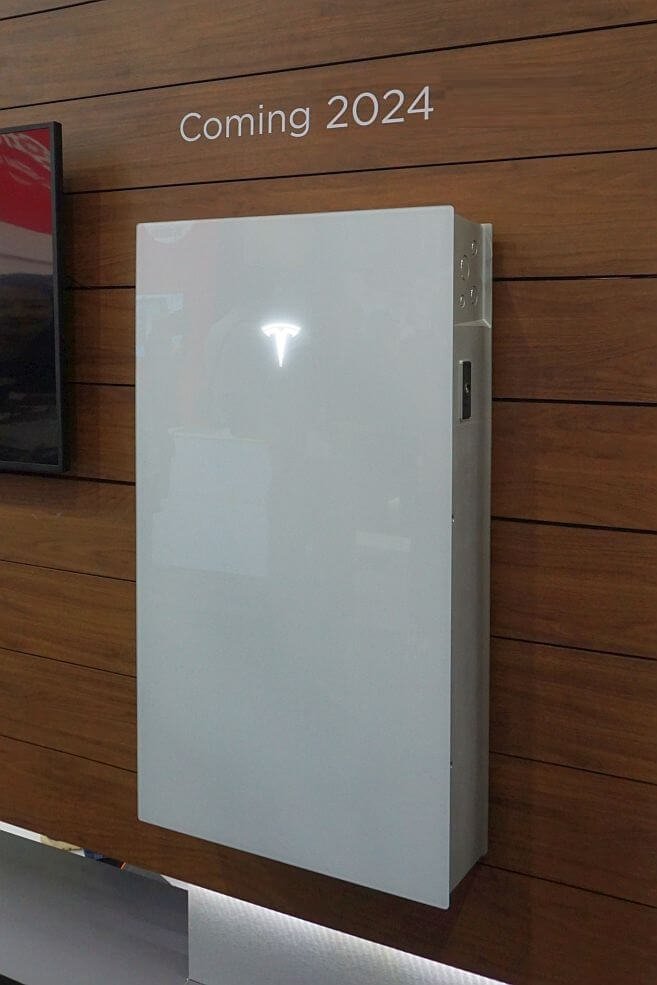Off-grid and Hybrid Multi-mode inverters explained
Modern inverter-chargers are capable of operating in on-grid (hybrid) or off-grid modes and can be used to create either AC or DC-coupled solar systems. Different terminology is often used to describe these inverters due to the various applications and designs; this includes the term multi-mode inverter and grid-interactive inverter-charger due to the ability to synchronise with the grid and export or import energy. Most of these inverters also contain an internal grid isolator (transfer switch), which enables the system to isolate from the grid during a blackout, known as islanding.
Modern Inverter-chargers can be configured to operate in both off-grid and on-grid systems with backup power.
The inverter-charger is the heart and brain of any serious off-grid or on-grid solar energy storage system. These advanced inverters function in the same way as simple battery inverters but also control grid connection and can be set up to automatically start and run a backup generator. In addition, these inverters are capable of handling very high surge loads and can pass through additional power directly from the grid if the batteries are low or the load is very high. This pass-through power capability has many advantages, including the ability to power an entire home without the need to separate essential and non-essential loads or circuits.
DC-Coupled
Depending on the application, DC-coupled systems are generally more cost-effective for smaller systems with up to 6kW of solar. These simple, modular systems can use one or more inverter-chargers (in parallel) DC-coupled with one or more MPPT solar charge controllers.
DC-coupling is a very reliable and effective method of creating a modular, efficient on-grid or off-grid energy storage system. The Victron Multiplus and Schneider electric inverter-chargers are extremely popular for both small and large scale DC-coupled systems due to the range of compatible solar charge controllers offered by both manufacturers. However, in North America, Outback Power is a popular DC-coupled option using the well regarded Outback Flexmax solar charge controller range.
AC-Coupled
In general, for larger solar systems greater than 6kW the most common configuration used is an inverter-charger AC-coupled with one or more solar inverters. These flexible systems can be expanded to work with multiple solar inverters or other generation sources in a distributed network to function as a micro-grid along with backup generators if required.
AC-coupling is ideal for larger off-grid or grid-connected energy storage systems. SMA and Selectronic have long been regarded as the leaders in AC coupled systems in Europe and Australia. In the US and Canada, the Outback Power inverters are very popular as they have optimised the Radian Series inverter-chargers to work with the common split-phase homes. Other well-known inverters used in North America include Sol-Ark and Magnum power.
Basic layout diagram of an AC coupled solar battery system - Grid-tie (hybrid) grid-interactive setup shown
AC-coupled solar Inverters
Grid-connected - For AC-coupled grid-connected or hybrid systems, the solar inverter can be any standard unit but it is usually compatible with the inverter-charger to enable communication between the two inverters for monitoring and control purposes. This is particularly important when the system is required to provide backup and operate in off-grid mode for prolonged periods.
Off-grid - For off-grid installations, it is critical the solar inverter is compatible with the inverter-charger to optimise battery charging; for example when the battery is full and the loads are low, the solar output must be ramped down or controlled by the (master) inverter-charger as required. SMA and Victron use what is known as ‘frequency ramping’ to achieve this which works but is not ideal. The most accurate method is to use direct communications - for more detail see the best off-grid systems review.














Detailed guide to the many specifications to consider when designing an off-grid solar system or complete hybrid energy storage system. Plus, a guide to the best grid-interactive and off-grid inverters and hybrid solar inverters for residential and commercial energy storage.